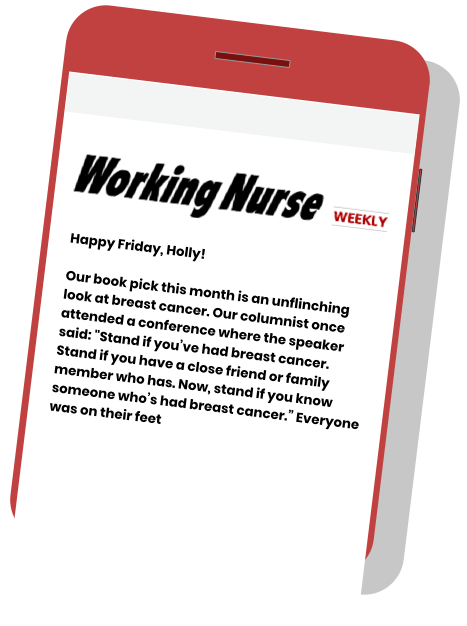Nursing Book Club
Crowdsourcing “Diagnosis” on Netflix
A reality show for people who love medical mysteries

One of the biggest questions in medicine is always, “What is wrong with this patient?” In the emergency department, the right diagnosis might keep the patient alive. Determining the cause of a chronic problem can be much trickier.
As we know, second opinions can make a big difference. In her 2019 streaming series “Diagnosis,” Lisa Sanders, M.D., FACP, found a way to bring together a whole planet full of “consultants” to find answers to baffling medical problems.
Advising on TV Show “House”
Sanders, who’s now the medical director of the Long COVID Multidisciplinary Care Center at Yale New Haven Hospital, began her career as a journalist with “Good Morning America” and CBS News. She went to medical school 18 years later to pursue her interest in what she calls her medical detective work.
For many years, Sanders has written the column “Diagnosis” in The New York Times Magazine. Back in 2004, her column helped to inspire the TV show “House,” with Hugh Laurie. Sanders was one of the technical advisers on that show. After it ended, she wondered if she could bring her medical mysteries to the screen more directly.



